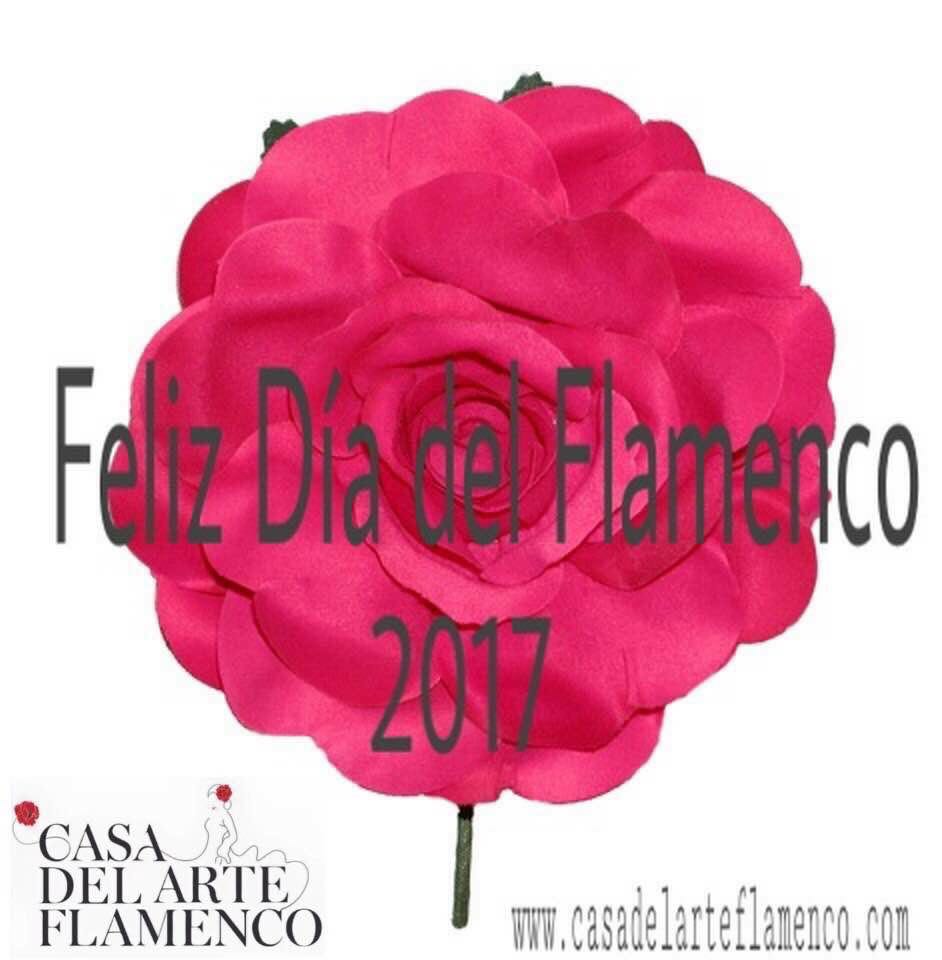International Flamenco Day

Nov. 16. International Flamenco Day
THE FLAMENCO. HERITAGE OF HUMANITY
It was on November 16, 2010 in Naibori (Kenya), when flamenco obtained a maximum international recognition by UNESCO as a cultural manifestation of universal character although with Andalusian roots. Not all regions of the world have the pride of having and offering a culture like ours, that’s why the United Nations stressed the great importance for Andalusia of having its own musical culture that traspasses borders. The double aspect of flamenco was highlighted, where besides being a popular creation, it is a professional activity based on a complete artistic discipline, very representative in theaters around the world. In the course of time, flamenco has gone through various states to reach the current moment of widespread and national and international recognition.
The candidature for the declaration as World Heritage was presented in 2009 by the Junta de Andalucía. It also had the support of the consensus of Murcia, Extremadura and the Spanish government. For his candidacy, at the beginning of 2010 the “Flamenco Soy” campaign was launched, which came to be promoted in cities such as Madrid and Barcelona, in international festivals such as Mont-de-Marsan (France) and even in a Universal Exhibition from Shanghai (China). The campaign won almost 65,000 supporters from more than 70 countries.
The recognition of flamenco as a World Heritage Site, which today is highlighted with the declaration of Flamenco Day, thus came to support a sentiment shared by thousands of fans both in our country and the rest of the world, in addition to the Board’s work to stimulate, disseminate and protect this art. This work had a great impulse more than two decades ago with the creation of the Andalusian Center of Flamenco, where you can see the largest documentary collection about this art in the world. It has more than 320,000 files, from its origins to the present day. This center depends on the Andalusian Institute of Flamenco, entity in charge of coordinating and directing the policies of the board in this matter.
FLAMENCO AS ART
Flamenco, an art based on cante, toque and baile, arose from the mixture of cultures that coexisted in Andalusia from the 15th century. Since then, their styles and particularities have been transmitted mostly orally, generation after generation. Artists of the caliber of Camarón de la Isla, Paco de Lucía, Enrique Morente, Antonio Canales and Sara Baras have consolidated flamenco art beyond our borders and today, their studio raises passions in Asia or Latin America.
The flamenco song is interpreted in solo and generally seated, a man and a woman. This art expresses a whole range of feelings and moods (grief, joy, tragedy, fear …) through sincere and expressive words, characterized by its conciseness and simplicity. Flamenco dancing also expresses a whole series of emotions, ranging from joy to sadness. Their interpretation and technique is different, according to who interprets it: if it is the man, the dance will resort to more force, resorting mainly to the feet; And if it’s a woman, the movements are more sensual. All this is accompanied by the flamenco guitar playing along with other instruments such as castanets, and also with clapping and heels.
Flamenco is interpreted for the celebration of religious festivities, private parties, rituals … It is a sign of identity of numerous groups and communities. The transition from flamenco to the present day has been carried out in the breasts of dynasties of artists, families, flamenco clubs and social groups. It is these groups that have played an important role in the preservation and dissemination of this art.
Flamenco is like Andalusia itself: a land that finds its raison d’être in diversity, a place where many points of view coexist and where all its inhabitants are aware that this enriches them and differentiates them from other peoples.
CELEBRATION OF THE INTERNATIONAL DAY OF FLAMENCO
As in previous years, the Ministry of Culture, through the Andalusian Institute of Flamenco, wants to celebrate this date with Andalusian citizenship, organizing in the environment of 16-N more than a hundred acts spread throughout the Andalusian geography, in the which has involved different entities and institutions. In this way, this date becomes a reason to celebrate our culture, to strengthen the knowledge and the diffusion of flamenco, its transcendence and its patrimonial value.
-
Recent Posts
Recent Comments
Archives
- June 2025
- May 2025
- April 2025
- March 2025
- February 2025
- December 2024
- November 2024
- October 2024
- August 2024
- July 2024
- June 2024
- May 2024
- April 2024
- March 2024
- February 2024
- January 2024
- December 2023
- November 2023
- October 2023
- September 2023
- August 2023
- July 2023
- June 2023
- April 2023
- March 2023
- January 2023
- December 2022
- November 2022
- October 2022
- November 2021
- October 2021
- February 2020
- January 2020
- December 2019
- November 2019
- October 2019
- September 2019
- August 2019
- July 2019
- June 2019
- May 2019
- April 2019
- March 2019
- February 2019
- January 2019
- December 2018
- November 2018
- October 2018
- September 2018
- August 2018
- July 2018
- June 2018
- May 2018
- April 2018
- March 2018
- February 2018
- January 2018
- December 2017
- November 2017
- October 2017
- September 2017
- August 2017
- July 2017
- June 2017
- May 2017
- March 2017
- February 2017
- January 2017
- December 2016
- November 2016
- October 2016
- September 2016
Categories
Meta
